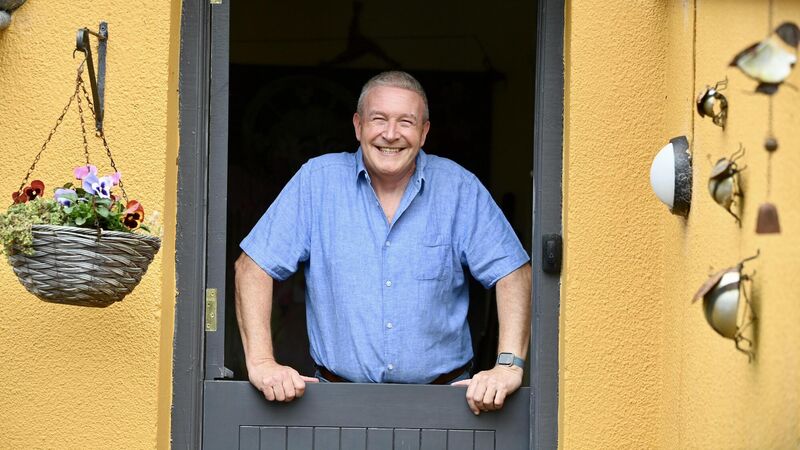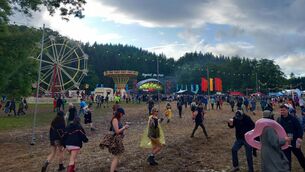Old Ways to New Days: The traditions that shaped Ireland — and the Irish revival

UCC's Shane Lehane has written a book, Old Ways to New Days. The folklorist takes a fascinating journey into folk life and the technologies that transformed Ireland. Picture: Larry Cummins
For over 20 years, my late father, Tadg, used to write a daily column for the that was called ‘Wise and Otherwise’.
He focused on intriguing nuggets of cultural or social history that he illustrated with pen drawings and cartoons.







